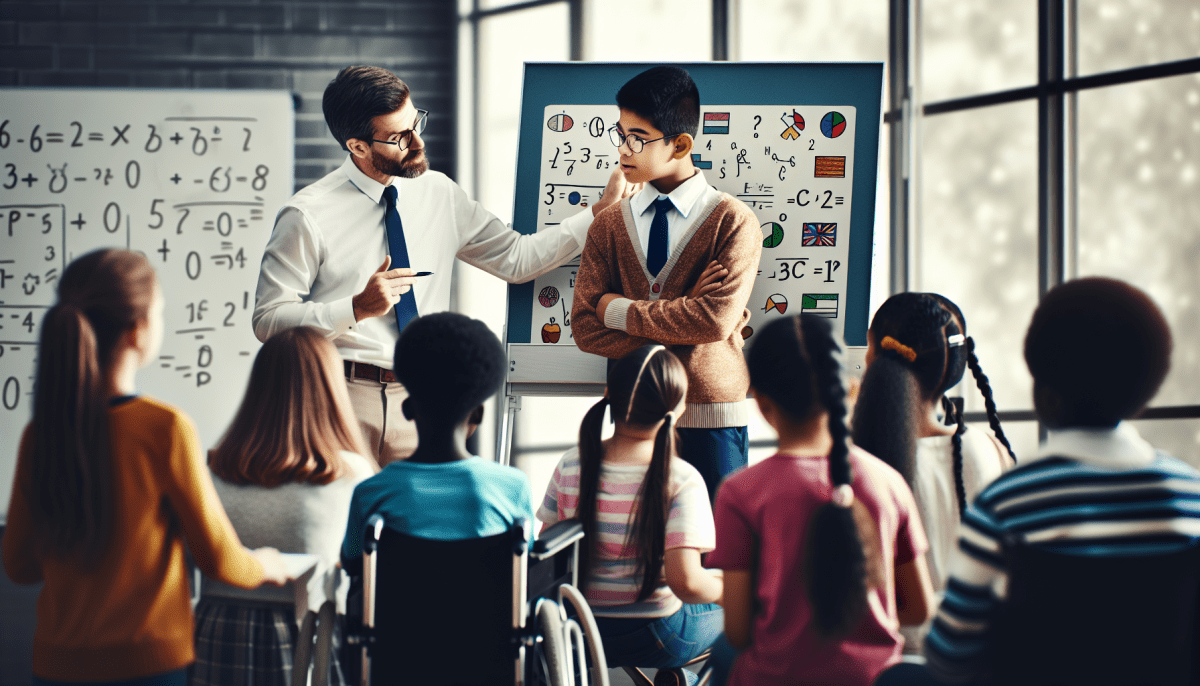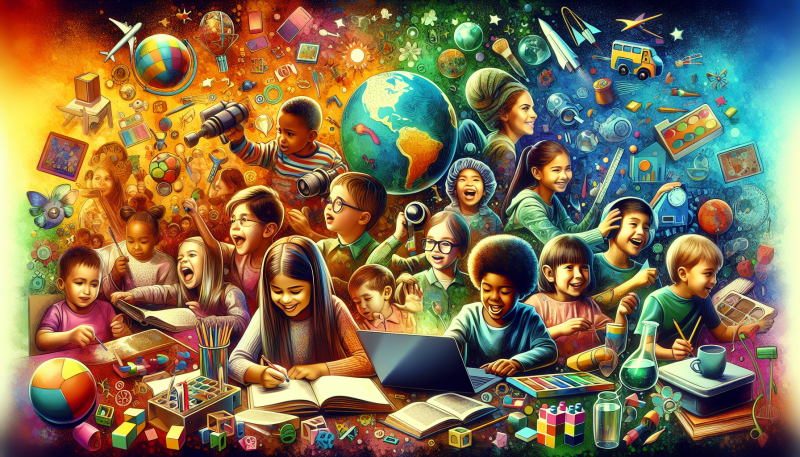Every young learner deserves the chance to shine, especially those with special needs. It's all about finding the right tools and support to help them on their journey. With a little creativity and care, we can make learning a fun and engaging experience!
One way to empower our kids is by using hands-on resources that cater to their unique learning styles. Consider colorful books, interactive apps, or sensory toys. These can help hold their interest and make difficult concepts easier to grasp. Plus, they add an element of fun to learning!
It’s also super important to connect with teachers and therapists. They often have great advice on how to support learning at home. You can ask them about strategies or products that work well for your child. Teamwork makes all the difference!
Don’t forget about fostering a positive environment at home. Celebrate small achievements to build confidence. Encouraging kids to express themselves and ask questions can really boost their learning journey. Remember, every small step counts!
Creating Inclusive Classrooms for Every Child
Creating inclusive classrooms is all about making sure every child feels valued, respected, and able to succeed. This means considering the unique needs of students with special needs and designing an environment where they can thrive alongside their peers. It’s not just about having the right resources; it’s about fostering a community that embraces diversity.
One simple way to start is by adjusting your teaching methods. Think about incorporating a mix of visual, auditory, and hands-on lessons. This approach helps reach different learning styles, ensuring that no one gets left behind. You could also make use of technology, like educational apps or tools, that cater specifically to the needs of children with disabilities. These can be game-changers!
Creating a welcoming atmosphere is equally important. Make sure your classroom setup supports movement and interaction among students. Flexible seating options, like bean bags or floor cushions, can help kids feel more comfortable and engaged. Also, it’s essential to establish clear norms and expectations that promote kindness and understanding among all students.
Lastly, communication is key. Regularly check in with both students and their families to understand their needs better. By having open lines of dialogue, you're not just supporting the child in the classroom but also building a partnership with their family, which is invaluable. Together, you can develop strategies that work best for each child’s unique journey.
Understanding Individual Learning Needs and Styles
It's important to consider that many children may not fit neatly into one category. For instance, a child might be a visual learner in one subject but become a kinesthetic learner in another. The key is to observe how your child responds to different methods and adjust accordingly. This flexibility can make a big difference in their educational experience.
Here are some common learning styles to keep in mind:
Always remember that patience is key. Learning styles may evolve over time, and what works today might change tomorrow. Keeping communication open with the child and their educators can help adjust approaches to fit their ever-changing needs.
Tools for Effective Learning and Growth
When it comes to supporting children with special needs in their education, having the right tools can make all the difference. There are so many resources available today that can help create an engaging and effective learning environment. Here’s a look at some must-have tools that can enhance learning and growth.
Visual Aids: Kids often learn best when they can see information visually. Charts, diagrams, and colorful flashcards can help make lessons more interesting and easier to understand. For example, using picture schedules can help children follow routines and stay focused during activities.
Assistive Technology: Technology plays a key role in modern learning. Tablets and apps designed for educational purposes can offer interactive learning opportunities that grab kids' attention. Whether it’s text-to-speech software or specialized learning apps, these tools can cater to different learning styles and needs.
Hands-on Materials: Tactile learning can really engage children who might struggle with traditional methods. Things like building blocks, sensory bins, and art supplies allow children to explore concepts through touch and play. This hands-on approach can deepen understanding and make learning enjoyable.
Social Stories: For children who benefit from understanding social situations, social stories can be a fantastic resource. These are simple narratives that describe social interactions in a relatable way. They can help children navigate different scenarios, making social interactions less intimidating and more comprehensible.



